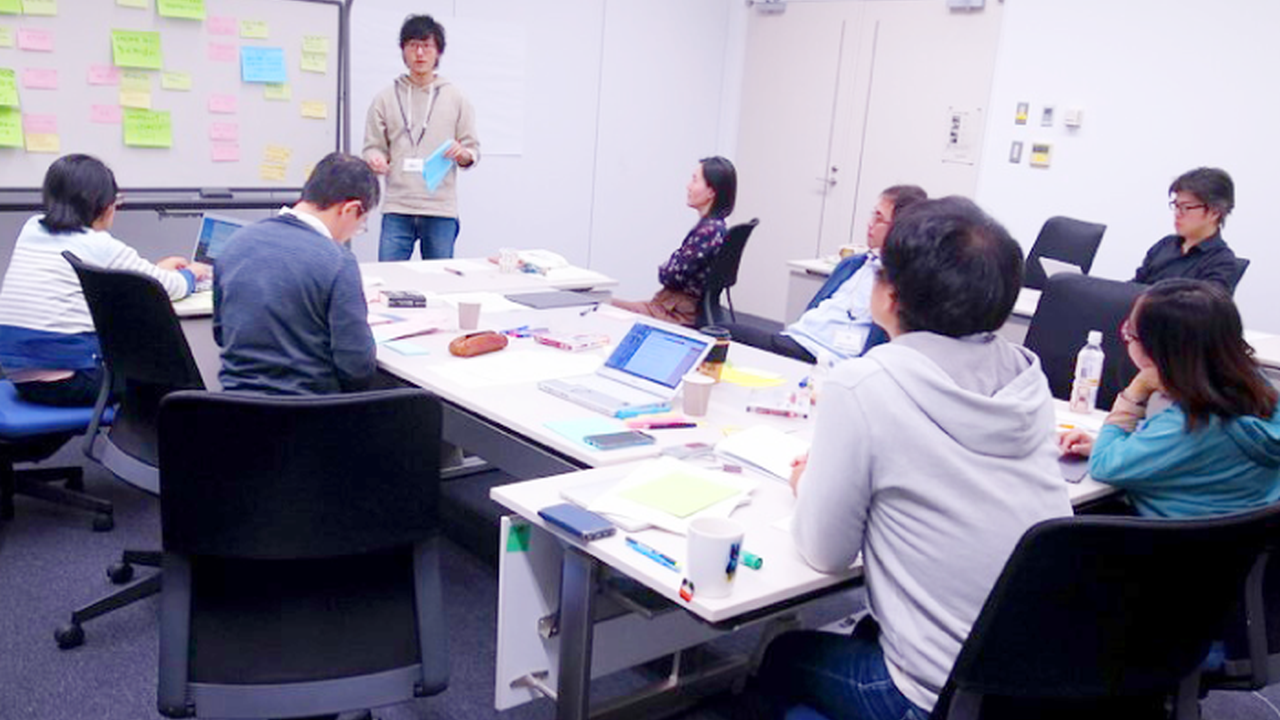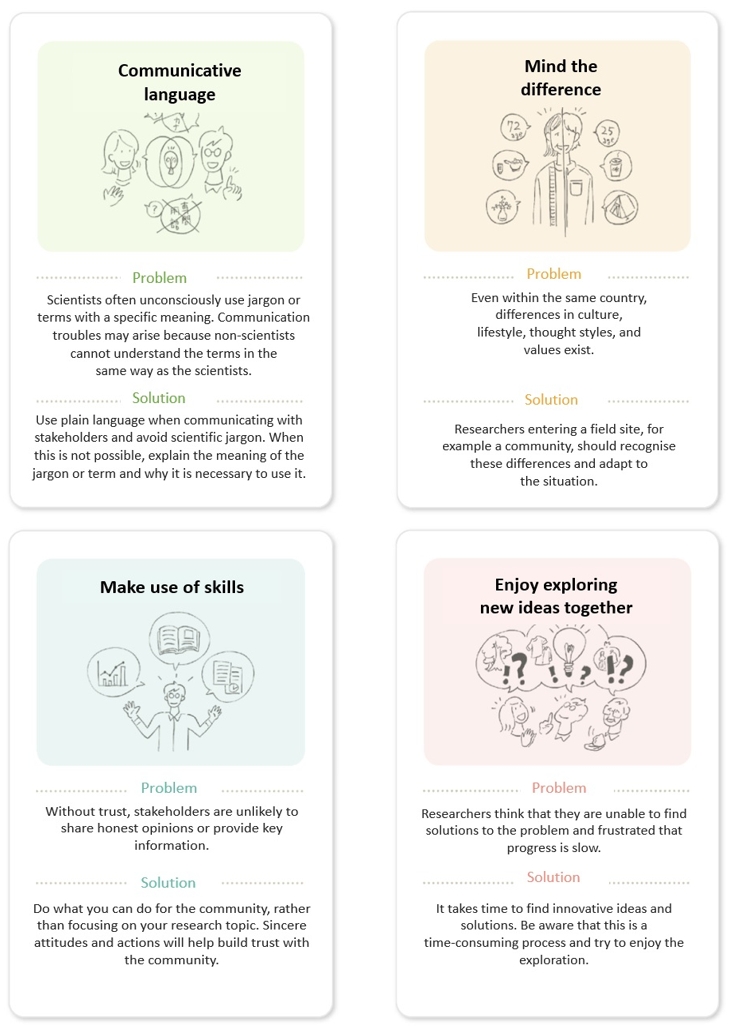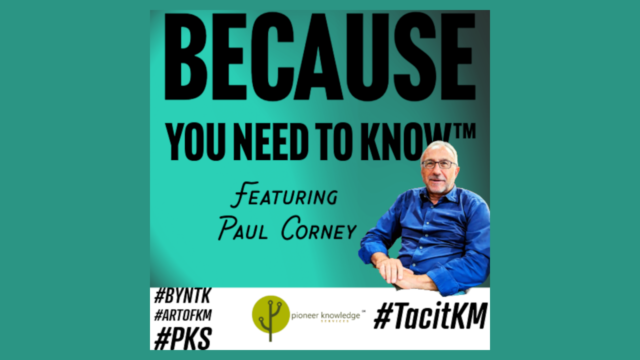
A pattern language for knowledge co-creation
By Yuko Onishi. Originally published on the Integration and Implementation Insights blog.
How can pattern language be used to share tips for knowledge co-creation in transdisciplinary research? What is pattern language?
Pattern language
Pattern language is an idea that originated in the field of architecture and city planning in the 1970s. The American architect Christopher Alexander and his colleagues created a common language, referred to as pattern language, that can be used by non-experts to participate in the process of city planning and building design.
In this pattern language, the rules of thumb for solving common and timeless problems in design are summarised in units called ‘patterns.’ Each pattern describes a specific problem, the situation or context in which it likely occurs, and the core of the solution to that problem.
The solutions are not written as specific procedures or manuals, but rather as ‘hints’ for solving the problem. Therefore, the solution can be used in many ways based on one’s own needs and situation.
Each pattern is assigned a name, so it can be used to refer to a particular combination of ‘problem statement,’ ‘context description,’ and ‘proposed solution’ when talking with others. The fact that patterns can be used as ‘words’ and can be linked to each other is the reason why a set of patterns is called a ‘language.’
Pattern languages have subsequently been created in other fields such as education and healthcare. For their use in modelling, see the i2Insights contributions by Scott Peckham on Looking for patterns: An approach for tackling tough problems and Sondoss Elsawah and Joseph Guillaume on Sharing integrated modelling practices, both Part 1: Why use “patterns”? and Part 2: How to use “patterns”?
Pattern language for knowledge co-creation
Colleagues and I are developing a collection of patterns to guide knowledge co-creation in transdisciplinary research and to overcome common challenges, as described in the four patterns to follow and as replicated in the image below.
Expressing lessons learned from dealing with such re-occurring problems in the field as patterns can create a pattern language for transdisciplinary research.
Pattern 1: Communicative language.
The problem: Scientists often unconsciously use jargon or terms with a specific meaning. Communication troubles may arise because non-scientists cannot understand the terms in the same way as the scientists.
The solution: Use plain language when communicating with stakeholders and avoid scientific jargon. When this is not possible, explain the meaning of the jargon or term and why it is necessary to use it.
Pattern 2: Mind the difference.
The problem: Even within the same country, differences in culture, lifestyle, thought styles, and values exist.
The solution: Researchers entering a field site, for example a community, should recognise these differences and adapt to the situation.
Pattern 3: Make use of skills.
The problem: Without trust, stakeholders are unlikely to share honest opinions or provide key information.
The solution: Do what you can do for the community, rather than focusing on your research topic. Sincere attitudes and actions will help build trust with the community.
Pattern 4: Enjoy exploring new ideas together.
The problem: Researchers think that they are unable to find solutions to the problem and frustrated that progress is slow.
The solution: It takes time to find innovative ideas and solutions. Be aware that this is a time-consuming process and try to enjoy the exploration.

Conclusion
Are any of these patterns useful or applicable in your research context or regions? Does this i2Insights contribution highlight any ideas about patterns in transdisciplinary research for you?
To find out more:
Co-creation Project. (2021). Tips to foster knowledge co-creation and guide transdisciplinary research (TDR). (Online – webpage): https://cocreationproject.jp/en/learn/tips/
Biography:
 |
Yuko Onishi PhD is an assistant researcher at the Research Institute for Humanity and Nature, Kyoto, Japan. Her interests are in transdisciplinarity, co-creation concepts and societal outcomes. |
Article source: A pattern language for knowledge co-creation. Republished by permission.
Header image source: © Co-creation Project, Research Institute for Humanity and Nature.
Biography: Yuko Onishi PhD is an assistant researcher at the Research Institute for Humanity and Nature, Kyoto, Japan. Her interests are in transdisciplinarity, co-creation concepts and societal outcomes.




